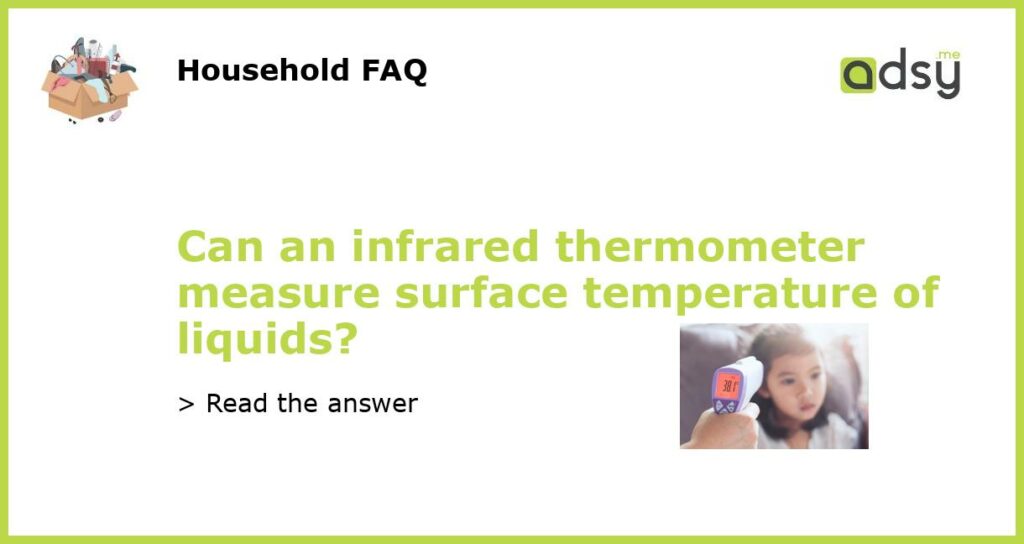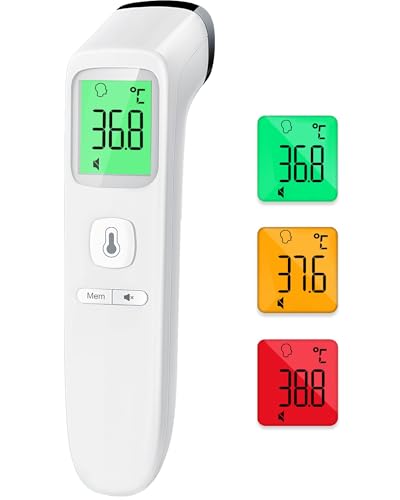Infrared thermometers are becoming increasingly popular due to their non-contact nature and ability to measure surface temperatures accurately. However, there is still some uncertainty around their ability to measure the surface temperature of liquids. In this article, we will answer the question: can an infrared thermometer measure the surface temperature of liquids?
How do infrared thermometers work?
In order to understand if an infrared thermometer can measure the surface temperature of liquids, it’s important to understand how they work. Infrared thermometers measure temperature by detecting infrared energy emitted from the surface of an object. They use a lens to focus the infrared light onto a detector, which converts the energy into an electrical signal that can be displayed as a temperature reading.
Measuring liquid surface temperature with an infrared thermometer
The short answer is yes, an infrared thermometer can measure the surface temperature of liquids. However, there are a few things to keep in mind when using them for this purpose. Firstly, the surface of the liquid should be smooth and not too reflective. This means that liquids with a shiny or glossy surface may not work well with an infrared thermometer. Additionally, the liquid should be in a container with a clear, non-reflective surface to avoid interfering reflections.
Benefits and limitations
There are several benefits to using an infrared thermometer to measure the surface temperature of liquids. Firstly, they are non-contact, which means they can be used to measure the temperature of dangerous or hard-to-reach liquids without risking injury or damage to the thermometer. Additionally, they provide fast and accurate temperature readings, making them ideal for use in laboratories and food preparation areas.
However, there are also some limitations to using an infrared thermometer for this purpose. As mentioned earlier, liquids with reflective surfaces may not provide accurate readings. Additionally, the thermometer should be held perpendicular to the surface to prevent any parallax errors. Finally, it’s important to note that an infrared thermometer measures only the surface temperature of the liquid, and not the temperature inside.
In summary, an infrared thermometer can measure the surface temperature of liquids, but there are some limitations to keep in mind. When using an infrared thermometer to measure the surface temperature of liquids, make sure that the surface is smooth and not too reflective and that the thermometer is held perpendicular to the surface. While they have several benefits for measuring the temperature of liquids, it’s important to understand their limitations before using them for this purpose.






